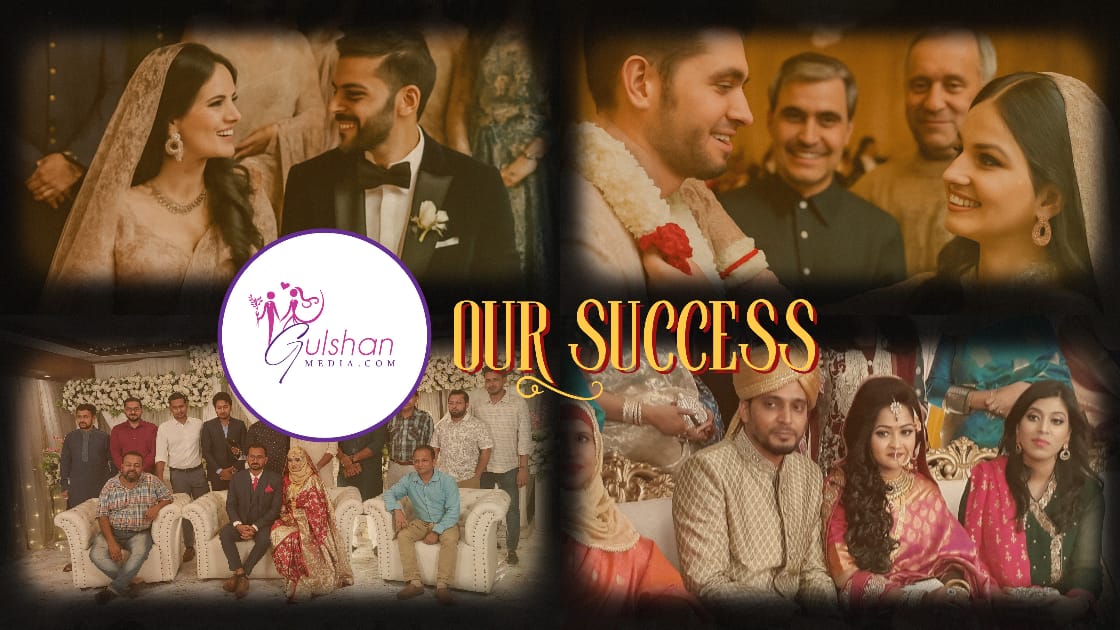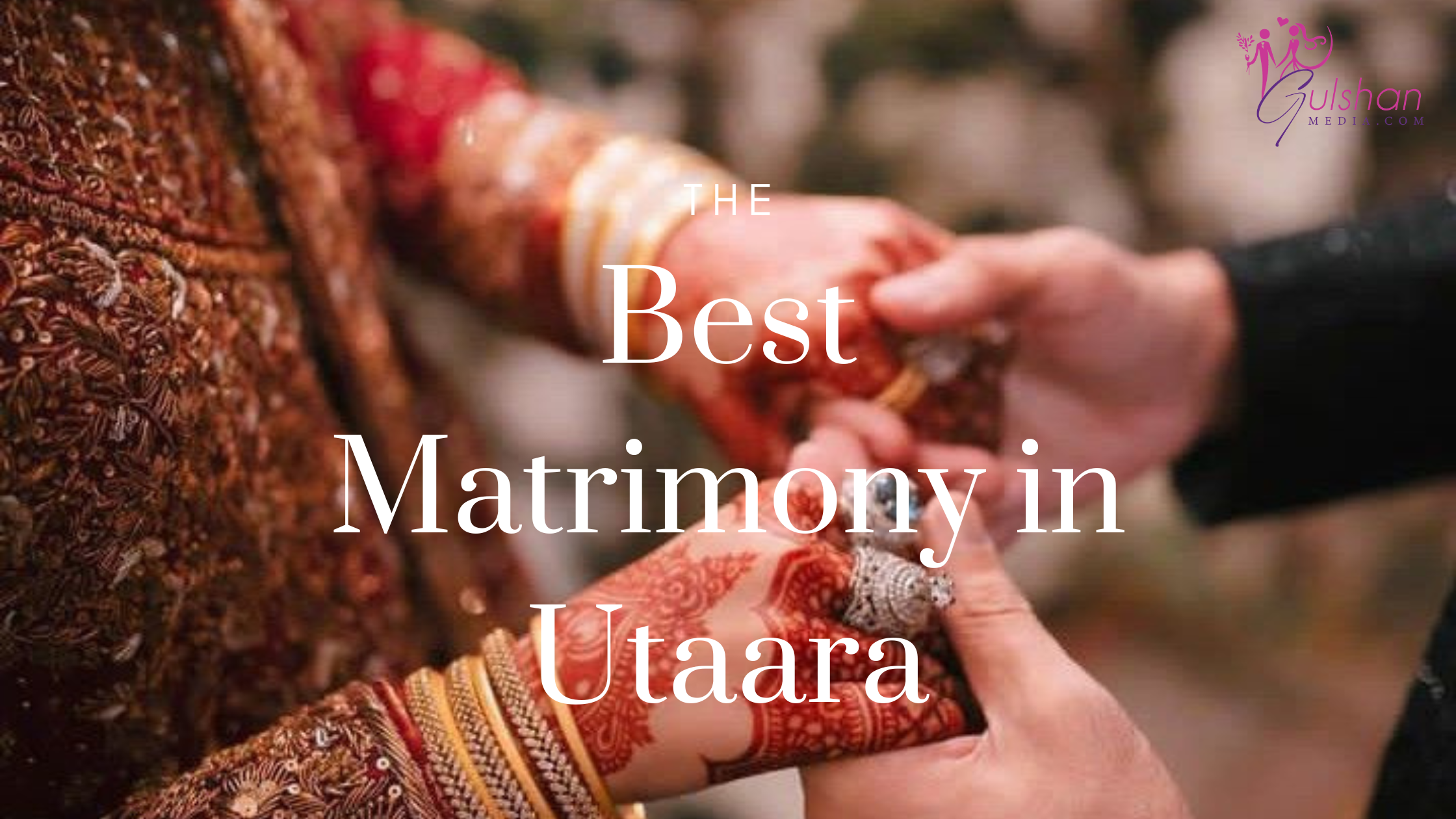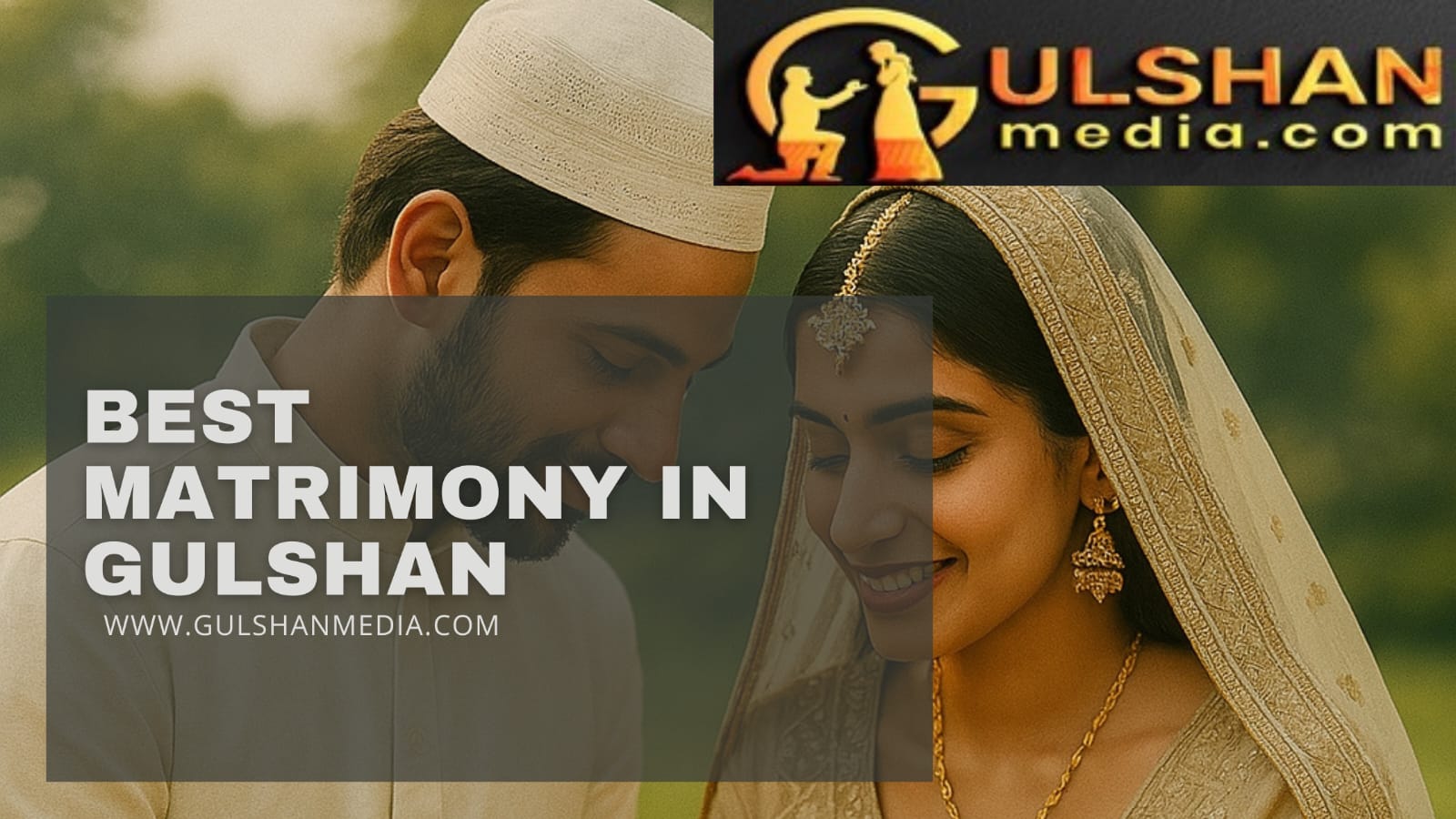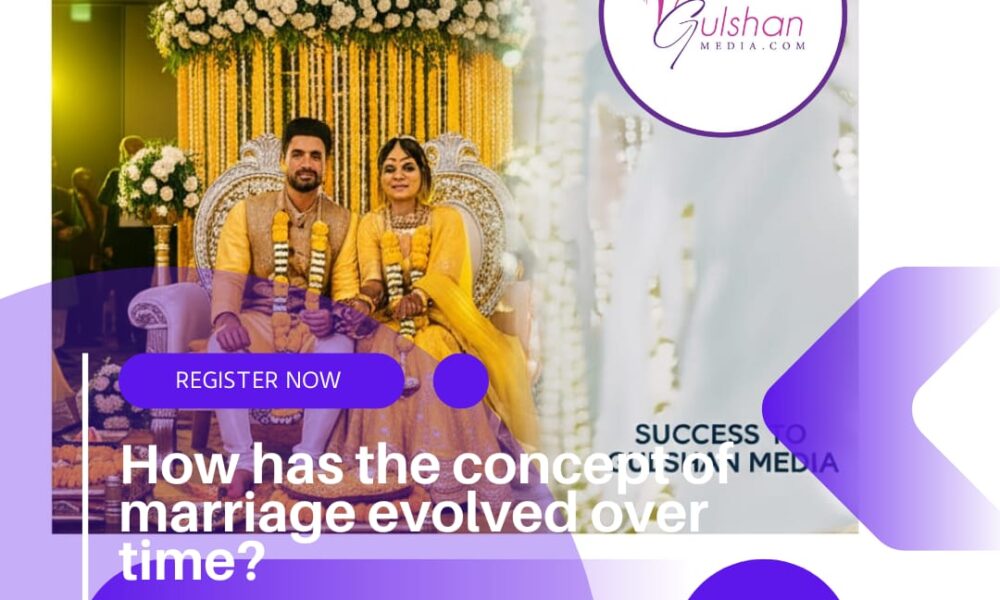How Has the Concept of Marriage Evolved Over Time?2025
How Has the Concept of Marriage Evolved Over Time?2025

How Has the Concept of Marriage Evolved Over Time?2025.The concept of marriage, an institution seemingly as old as human society itself, has undergone a breathtaking metamorphosis over millennia. Far from a static, unchanging construct, its definition, purpose, and practices have been continually reshaped by evolving social, economic, cultural, legal, and religious forces. What began as a pragmatic arrangement for survival and alliance has, in many parts of the world, transformed into a union predicated on love, companionship, and individual fulfillment, while still retaining elements of its diverse historical roots in others.
Early Beginnings: Marriage as a Practical Necessity (Prehistory to Ancient Civilizations)
How Has the Concept of Marriage Evolved Over Time?2025
In the earliest human societies, marriage, if it can be called that in a formalized sense, was likely a fluid and informal union driven by immediate survival needs. As nomadic hunter-gatherer groups roamed, the emphasis was on cooperation, shared resources, and the rearing of offspring. The concept of a rigid, lifelong partnership was less critical than flexible arrangements that adapted to the demands of constant movement and shifting social structures.
The true emergence of a more formalized “marriage” is often linked to the Agricultural Revolution, around 10,000 BCE. The shift from a transient lifestyle to settled agricultural communities brought with it the concept of property ownership – land, livestock, and accumulated resources. This fundamental change introduced a new purpose for marriage:
- Securing property and inheritance: Marriage became a primary means to establish clear lines of descent and ensure that valuable assets were passed down through generations within a family or lineage. This was crucial for stability and continuity in settled communities.
- Forming alliances and consolidating power: Marriage was a powerful tool for forging economic, social, and political alliances between families, clans, or even tribes. A union between individuals from different groups could prevent conflict, secure trade routes, or combine resources, thereby increasing collective strength and influence.
- Regulating sexual reproduction and legitimizing offspring: Societies sought to control sexual behavior and ensure the legitimacy of children, as this was directly tied to inheritance and social order. Marriage provided a framework for this, clearly defining who belonged to which family and who had rights to resources.
- Division of labor: A clear division of labor, often along gender lines, was essential for survival. Marriage formalized these roles, with men typically focusing on hunting, farming, or protection, and women on child-rearing, food preparation, and household management.
In ancient civilizations like Mesopotamia, Egypt, Greece, and Rome, these practical considerations remained paramount, though with varying nuances:
- Ancient Mesopotamia: Marriage was a legal contract primarily focused on property and inheritance. Women often had specific household roles, and economic exchanges like dowries (property or money brought by the bride to the marriage) or bride prices (payments from the groom’s family to the bride’s family) were common, highlighting the transactional nature.
- Ancient Egypt: While still a social contract for managing families, there’s evidence that personal affection played a greater role. Egyptian women enjoyed relatively higher status, with rights to own property and even initiate divorce.
- Ancient Greece: Marriage was largely a civic duty, particularly for men, to produce legitimate heirs for the city-state. Romantic relationships were often sought outside of marriage, which was more about social and political stability.
- Ancient Rome: Roman marriage evolved from purely transactional arrangements to incorporate elements of mutual respect, though the primary goal remained the production of heirs and the consolidation of wealth or power. The concept of conubium, the legal right to marry and produce legitimate children, was central.
Polygamy (one person having multiple spouses) was common in many ancient societies, often serving to further consolidate power, expand family influence, or increase the number of offspring, particularly sons, to ensure lineage.
How Has the Concept of Marriage Evolved Over Time?2025
The Influence of Religion and the Rise of the Sacrament (Medieval Europe)
The medieval period in Europe witnessed a profound shift in the concept of marriage, largely due to the pervasive influence of Christianity. The Church gradually formalized marriage as a sacrament, a holy and indissoluble union ordained by God. This had several significant implications:
- Monogamy became the ideal: While polygamy had been practiced in earlier societies, the Christian Church strongly advocated for monogamy, defining marriage as a union between one man and one woman.
- Emphasis on fidelity and permanence: Divorce became highly discouraged, if not outright forbidden, emphasizing the lifelong commitment and sacred nature of the marital bond.
- Formalization of ceremonies: The Church introduced formal rituals and ceremonies, including public vows and the presence of a priest, to solemnize the union. This gave marriage a distinct spiritual dimension in addition to its social and legal aspects.
- Subordination of women: Despite the spiritual elevation of marriage, the prevailing societal norms, heavily influenced by religious interpretations, often reinforced the legal and social subordination of women within the marriage. Wives were expected to be obedient to their husbands, who held authority over the household and family property.
- Still largely arranged: Despite the Church’s emphasis on spiritual union, pragmatic concerns still dominated, especially among the nobility and aristocracy. Marriages were frequently arranged to forge political alliances, consolidate land, and maintain social status. Love and personal choice, if present, were often secondary considerations. For commoners, marriage was also a practical affair, focused on shared labor and survival.
Other religious traditions also shaped marital practices:
- Islam: Marriage (Nikah) is viewed as a sacred contract, emphasizing mutual respect and responsibility between spouses. While polygyny (a man having multiple wives) is permitted under specific conditions, monogamy is generally the norm. Divorce is permissible but discouraged.
- Hinduism: Marriage (Vivaha) is considered a sacrament, a union of two souls that extends beyond one lifetime. It is often seen as a social and religious duty, with a strong emphasis on family and lineage. Arranged marriages remain common in many parts of India, though love marriages are increasingly accepted.
The Enlightenment and the Dawn of Romantic Love (17th-19th Centuries)
The Enlightenment period (17th-18th centuries) began to challenge traditional hierarchies and emphasize individual rights and reason. This intellectual shift, combined with the later Industrial Revolution (18th-19th centuries), gradually paved the way for the emergence of romantic love as a central component of marriage, particularly in Western societies.
- Shift from familial to individual choice: As economic opportunities expanded beyond inherited land, individuals gained more autonomy. The idea that one should choose their own partner based on personal affection and compatibility, rather than solely on family interests, gained traction.
- Rise of the “love match”: Novels, poetry, and popular culture began to romanticize love and portray it as the ideal foundation for marriage. This led to a gradual decline in strictly arranged marriages, especially in the growing middle classes.
- Changing economic dynamics: As people moved to cities for work, the family unit became less of an economic production unit and more of a social and emotional support system. This fostered an environment where companionship and affection within marriage became more valued.
- Early women’s rights movements: Though limited, nascent movements for women’s rights began to question the absolute patriarchal authority within marriage, laying the groundwork for future changes in gender roles.
However, even with the rise of romantic love, marriage in this era was still far from egalitarian. Legal structures continued to grant husbands significant control over their wives’ property, earnings, and children. Divorce remained difficult and stigmatized.
How Has the Concept of Marriage Evolved Over Time?2025
The Modern Era: Towards Equality and Diversification (20th Century to Present)
The 20th century witnessed the most dramatic and rapid transformations in the institution of marriage, particularly in Western countries. A confluence of social, legal, and technological advancements challenged traditional norms and propelled marriage towards a more individualized and egalitarian model.
- Women’s Suffrage and increased autonomy: The women’s suffrage movement, gaining momentum in the early 20th century, and subsequent advancements in women’s education and economic independence profoundly altered the dynamics of marriage. Women were no longer solely dependent on marriage for financial security and social standing.
- Availability of birth control: The widespread availability of contraception revolutionized family planning, allowing couples to decouple sex from procreation. This gave individuals, especially women, greater control over their bodies and reproductive choices, further influencing decisions about marriage and family size.
- Liberalization of divorce laws: Over the course of the 20th century, divorce laws were gradually liberalized, moving from fault-based systems (requiring proof of adultery, cruelty, or desertion) to no-fault divorce. This made it significantly easier for unhappy couples to end their marriages, reflecting a societal recognition of individual happiness and the right to leave a dysfunctional union.
- Shift to companionate marriage: The ideal of marriage transitioned from a purely economic or social arrangement to a companionate marriage, where mutual love, emotional support, shared interests, and friendship were central. Spouses were increasingly seen as partners in life, sharing responsibilities and decision-making.
- Challenging traditional gender roles: While traditional gender roles persisted for much of the 20th century, particularly after World War II, the latter half saw a significant questioning and dismantling of rigid expectations. More women entered the workforce, and men increasingly took on greater roles in childcare and household duties.
- Legalization of interracial marriage: In many Western countries, laws prohibiting interracial marriage (anti-miscegenation laws) were struck down, recognizing the right of individuals to marry regardless of race. In the United States, the landmark 1967 Supreme Court case Loving v. Virginia declared such laws unconstitutional.
- Emergence of cohabitation: A growing trend of couples living together outside of marriage became more common, reflecting a less rigid approach to commitment and a desire to test compatibility before marriage, or even to forgo marriage altogether.
- Delayed marriage and increased singleness: Many individuals, particularly women, began delaying marriage until later in life, prioritizing education, career, and personal development. This also led to an increase in people choosing to remain single.
Contemporary Trends and the Future of Marriage (21st Century)
The 21st century continues to push the boundaries of marriage, characterized by a dynamic interplay of tradition, individual choice, and ongoing social reform.
- Legalization of same-sex marriage: One of the most significant recent developments has been the global movement towards the legalization of same-sex marriage. Starting with the Netherlands in 2001, numerous countries, including Canada (2005), Spain (2005), South Africa (2006), Norway (2009), Argentina (2010), France (2013), the United States (2015), Ireland (2015), Australia (2017), Germany (2017), Taiwan (2019), and most recently, Thailand (2025), have extended marriage rights to same-sex couples. This redefines marriage not as exclusively between a man and a woman, but as a union between two consenting adults, emphasizing equality and individual rights.
- Diverse family structures: The traditional nuclear family is no longer the sole ideal. Society increasingly recognizes and accepts diverse family structures, including single-parent families, blended families, cohabiting couples with children, and chosen families. Marriage, while still valued, is no longer seen as the only legitimate pathway to family formation.
- Emphasis on personal fulfillment and happiness: For many, marriage is now primarily about personal growth, emotional well-being, and mutual fulfillment. The focus is on a partnership of equals who support each other’s individual aspirations.
- Decline in marriage rates and rising age at first marriage: In many Western societies, marriage rates have declined, and people are marrying later in life. This is often attributed to factors such as increased education, economic pressures, a focus on personal autonomy, and the acceptance of alternative relationship structures.
- Pre-nuptial agreements: With increasing emphasis on individual assets and careers, pre-nuptial agreements (prenups) are becoming more common, serving as a legal framework to protect individual property in the event of divorce.
- Technological influence: Technology, particularly dating apps and online platforms, has changed how people meet and form relationships, influencing courtship and marital decisions.
- Global variations: It’s crucial to acknowledge that the evolution of marriage is not uniform across the globe. While Western societies have largely moved towards individualized, love-based, and egalitarian marriages, many cultures, particularly in parts of Asia, Africa, and the Middle East, still prioritize family honor, lineage, and arranged marriages, often with strong religious and traditional influences. However, even in these regions, global influences and changing economic realities are leading to gradual shifts and adaptations.

The Enduring Significance and Future Outlook
Despite the dramatic changes and diversification, marriage continues to hold significant cultural and personal meaning for many. It remains a deeply cherished institution, symbolizing commitment, love, and the foundation of a family. Its enduring significance lies in its adaptability and its capacity to meet evolving human needs for companionship, security, and belonging.
Looking ahead, the evolution of marriage is likely to continue. We may see:
- Further diversification of relationship models: Beyond traditional marriage, there may be increasing recognition and acceptance of various forms of committed partnerships, reflecting individual preferences and lifestyles.
- Greater fluidity in gender roles: The blurring of traditional gender roles within marriage is expected to continue, with an even more equitable distribution of responsibilities and power.
- Ongoing legal and social adjustments: Legal frameworks will likely continue to adapt to reflect changing societal norms, potentially addressing issues related to cohabitation rights, multi-partner relationships, or evolving concepts of family.
- Impact of artificial intelligence and biotechnology: While speculative, future technological advancements in areas like AI companions or reproductive technologies could further challenge existing definitions of family and partnership.
In conclusion, the concept of marriage has journeyed from a pragmatic arrangement for survival and social order to an ideal of romantic love and mutual fulfillment. It has been shaped by the rise and fall of empires, the spread of religions, economic revolutions, and the relentless march towards greater individual rights and equality. This ongoing evolution underscores marriage not as a fixed relic of the past, but as a living, breathing institution, constantly reflecting and adapting to the complex tapestry of human society. Its journey is a testament to humanity’s enduring need for connection, commitment, and the desire to build a shared future.
Marriage, a social institution deeply embedded in human civilization, has undergone significant transformations throughout history. What began as a practical arrangement to preserve power, property, and lineage has evolved into a personal and emotional commitment centered around love, companionship, and equality. This shift reflects broader social, economic, religious, and political changes across different eras and cultures. Understanding how the concept of marriage has evolved provides valuable insight into human society’s changing values and priorities.
Ancient Marriage: Utility and Survival
In ancient times, marriage was primarily a tool for economic, political, and social alliances. Romantic love played little to no role in these arrangements. Marriages were often arranged by families or community elders, and their primary function was to secure inheritance rights, strengthen familial bonds, or forge political alliances.
In Mesopotamia, Egypt, and ancient Greece, marriages were typically contracts between families. A bride was often seen as property exchanged for a dowry, and the marriage served to legitimize heirs and ensure the continuation of bloodlines. In ancient Rome, marriage (matrimonium) was a civil contract devoid of religious significance, which could be entered into or dissolved with relative ease. Roman women had limited rights, and the patriarch of the family usually made key decisions, including those related to marriage.
In India and China, marriage was closely tied to caste, class, and family honor. The Hindu tradition of arranged marriages and the Confucian ideal of filial piety both reinforced the notion that individual desires were secondary to family and social obligations.
How Has the Concept of Marriage Evolved Over Time?2025
The Influence of Religion: Sacred Union and Moral Boundaries
The rise of major world religions brought profound changes to the concept of marriage. It began to be seen not merely as a social contract but also as a spiritual and moral obligation.
In Christianity, marriage gradually became a sacrament—particularly in Catholicism—symbolizing the union between Christ and the Church. By the 12th century, the Church had assumed authority over marriage, standardizing rites and emphasizing monogamy, fidelity, and indissolubility. This made marriage not just a legal contract but a sacred bond, requiring divine witness and ecclesiastical approval.
Islam introduced the concept of nikah, a contractual union based on mutual consent, with specific rights and duties for both spouses. While polygyny was permitted (up to four wives), monogamy was the norm in most Islamic societies. Marriage in Islamic tradition is considered half of one’s faith, highlighting its religious importance.
Judaism, too, treats marriage as a sacred act, central to fulfilling religious commandments. However, it also maintains a pragmatic outlook, allowing for divorce and emphasizing the mutual responsibilities of spouses.
Thus, religion imbued marriage with spiritual significance, while also regulating sexual conduct, inheritance, and family roles according to religious doctrines.
How Has the Concept of Marriage Evolved Over Time?2025
The Enlightenment and the Rise of Individualism
The Enlightenment of the 17th and 18th centuries brought with it ideas of personal freedom, individual rights, and rationalism, which began to challenge traditional notions of marriage. Philosophers and thinkers began to question arranged marriages, gender roles, and the lack of personal choice in marital unions.
Romantic love began to gain importance during this period. Writers like Rousseau and the Romantic poets celebrated the idea of marrying for love, portraying it as a natural, passionate force. While arranged marriages persisted, especially among the upper classes, the notion that individuals should choose their partners based on affection and compatibility gained momentum.
Women’s roles in marriage also began to be scrutinized. The feminist movements of the 19th and early 20th centuries challenged the legal and economic dependency of women in marriage, advocating for women’s right to education, property ownership, and divorce. As women’s rights expanded, so did the definition of marriage as a partnership rather than a hierarchy.

The 20th century witnessed unprecedented changes in the institution of marriage. Two world wars, economic upheavals, and major social movements transformed gender roles, family structures, and societal expectations.
The idea that marriage should be based on mutual love and respect became widely accepted in Western societies. Marriage gradually transitioned from a social necessity to a personal choice. Legal reforms in many countries gave women the right to initiate divorce, share custody, and access marital property. Birth control allowed couples to plan families, further shifting the balance of power within marriage.
The latter half of the 20th century also saw an increase in non-traditional forms of partnership. Cohabitation without marriage, single parenthood, and civil unions became more common and socially accepted. The notion that marriage was essential for a fulfilling life began to decline.
Perhaps one of the most profound changes came with the push for marriage equality. Same-sex marriage, once considered taboo or even criminal, gained legal recognition in many countries starting in the early 21st century. This shift not only expanded the legal definition of marriage but also highlighted its evolving role as a symbol of personal identity, civil rights, and love without boundaries.
Contemporary Perspectives and Future Trends
In today’s global society, marriage is a complex and evolving institution. While traditional values still hold sway in many cultures, especially in Asia, Africa, and the Middle East, globalization and technology are influencing attitudes worldwide.
Some people now choose to delay marriage or forgo it altogether, focusing instead on career, self-discovery, or alternative forms of companionship. Others view marriage as a fluid, customizable partnership rather than a rigid legal or religious structure.
At the same time, challenges remain. In some countries, forced marriages, child marriages, and gender-based restrictions persist. Cultural and religious tensions continue to shape who can marry whom and under what conditions. The balance between preserving cultural traditions and embracing modern values remains delicate.
Looking ahead, the future of marriage will likely reflect continued emphasis on equality, choice, and diversity. Innovations such as prenuptial agreements, digital matchmaking, and open marriages may further reshape how people define and approach long-term partnerships. Importantly, society’s growing emphasis on mental health and emotional intelligence suggests that future marriages may place greater value on communication, empathy, and personal growth.
Conclusion
The concept of marriage has traveled a long and varied path—from ancient contracts of convenience to modern unions based on love, mutual respect, and equality. While the core idea of a committed partnership remains, the way society defines, regulates, and values marriage continues to evolve. This evolution mirrors broader shifts in human thought, from survival to self-actualization, from obligation to choice. As society continues to change, so too will the institution of marriage, adapting to meet the needs, values, and dreams of future generations.









